Have you ever caught yourself chatting away with your cat, only to wonder if those furry ears are really picking up what you’re laying down? You’re not alone. The question haunts millions of cat lovers: Do our beloved felines truly grasp what we’re saying, or are we just talking to ourselves? The answer is surprisingly complex, and the journey to understanding it is filled with fascinating science, adorable anecdotes, and a bit of mystery. Let’s dive deep into the secret world of cat communication and see just how much our feline friends might actually understand when we open our hearts—and our mouths—to them.
The Mysterious Mind of a Cat

Cats have always been wrapped in an air of mystery. Unlike dogs, who openly display their emotions and loyalty, cats seem to operate on their own terms. This independent nature makes it harder to know what’s really going on in their heads when we talk to them. While dogs will wag their tails and perk up at their name, cats might simply blink or flick an ear. This makes it easy to assume cats aren’t paying attention, but appearances can be deceiving. Their subtle responses might actually be their way of saying, “I hear you, but I’ll respond when I feel like it.” The truth is, cats are far more observant and attuned to our voices than many people realize.
The Science Behind Cat Hearing
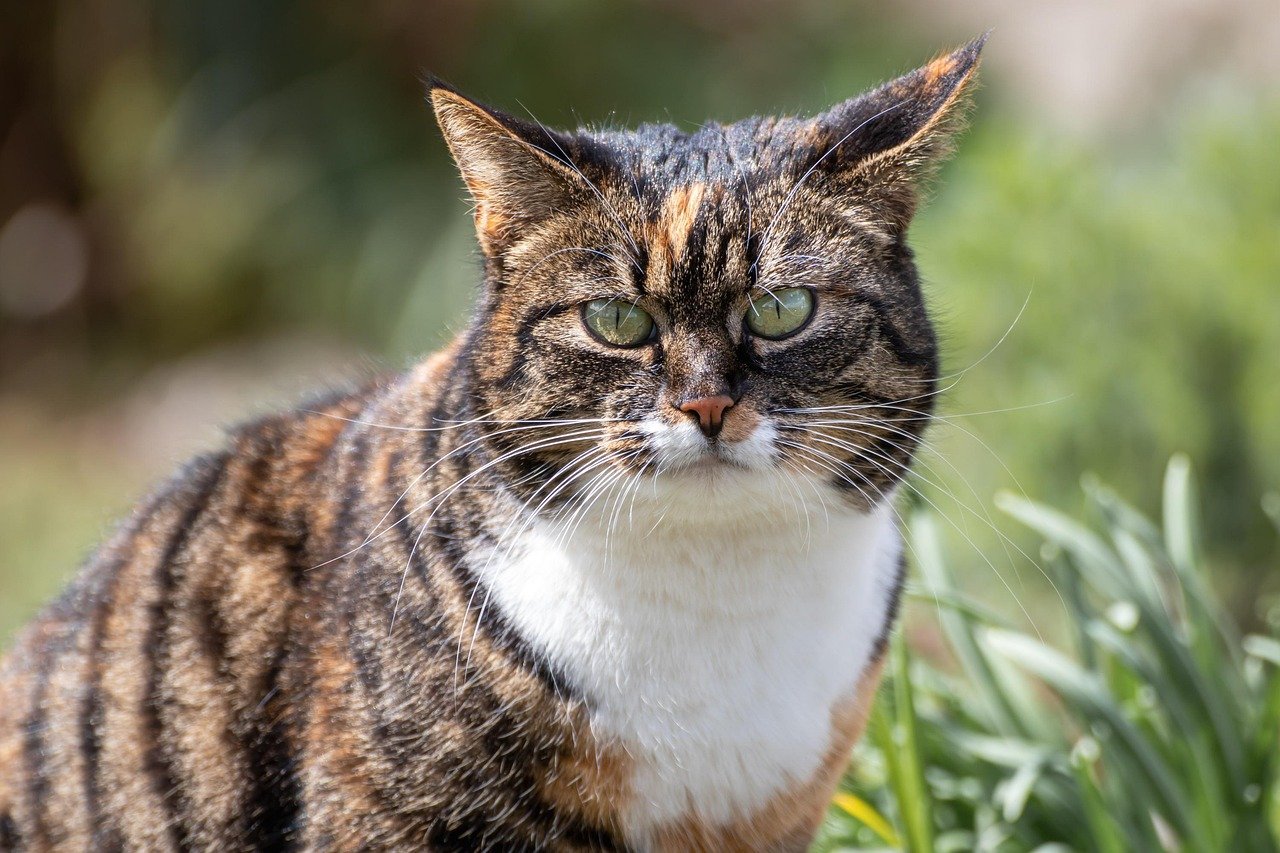
Cats have remarkable hearing abilities. Their ears can pick up a wide range of frequencies, including sounds that are completely inaudible to humans. This gives them an edge in the wild, but it also means they can easily pick out our voices—especially when we’re talking directly to them. In fact, research shows that cats can distinguish between different tones, pitches, and even the emotional content in our speech. So when you call your cat’s name, rest assured they hear it. Whether or not they choose to respond is another story altogether.
Recognizing Their Own Names

Recent studies have shown that cats can recognize their own names. In experiments, cats consistently responded more to their names than to other words spoken in a similar tone. This doesn’t mean your cat will come running every time, but they definitely know when you’re talking about them. Some cats might flick their tail, swivel an ear, or give you a slow blink as a sign they’ve heard their name. It’s a subtle acknowledgment, but in the world of cats, that’s practically a standing ovation.
Understanding Human Emotion

Believe it or not, cats are pretty good at picking up on our emotions. They might not understand every word, but they can sense when we’re happy, sad, or upset based on our tone of voice and body language. You might notice your cat coming closer when you’re feeling down or purring louder when you’re in a good mood. It’s their way of connecting with us, even if they don’t understand the literal meaning behind our words. The emotional bond between cats and their humans is real, and it’s stronger than many people think.
Body Language and Its Importance
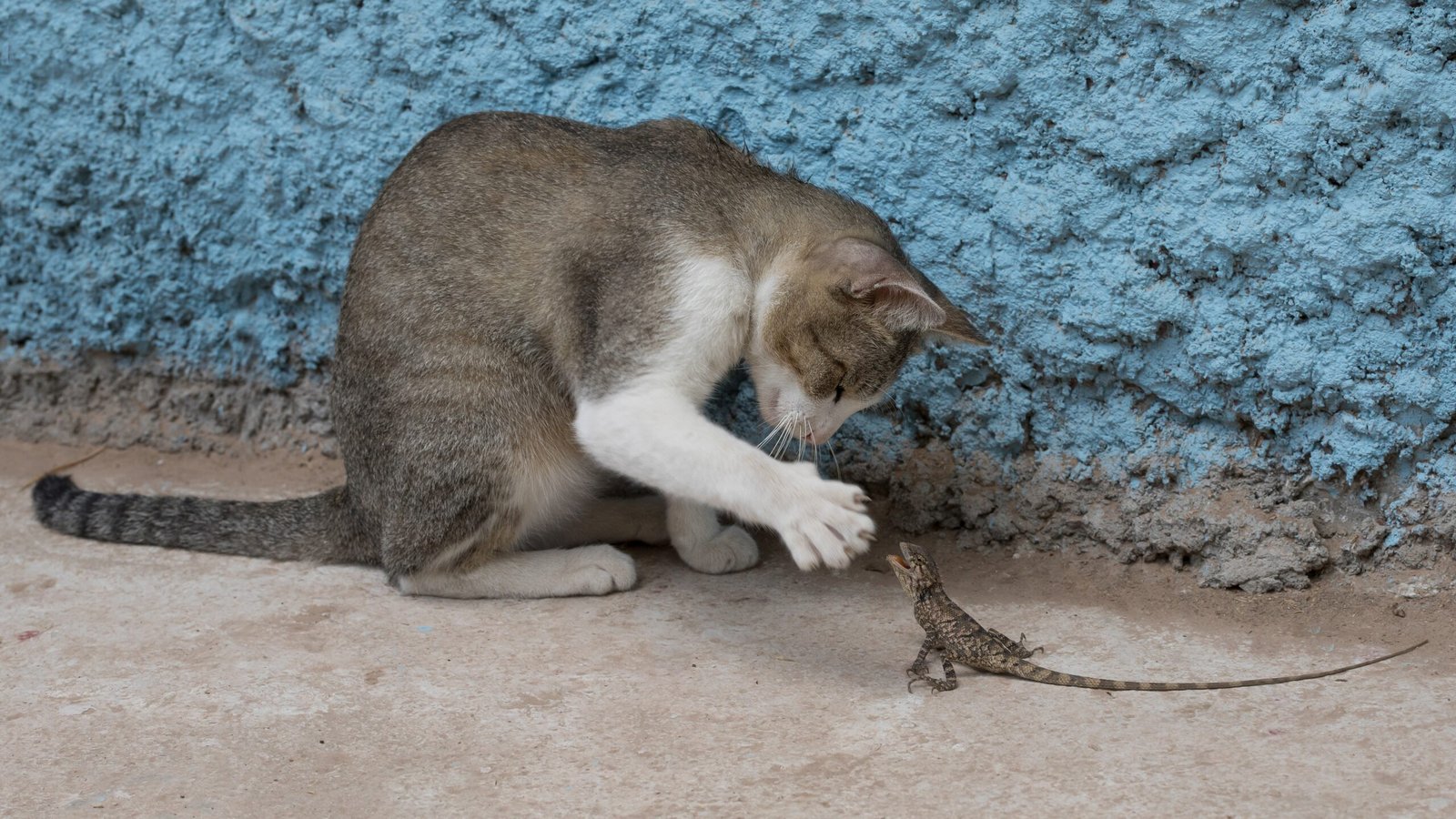
While verbal communication is important, cats rely heavily on body language to understand us. The way you move, your facial expressions, and your gestures all send signals that your cat can pick up on. Sometimes, the message you’re sending with your body is even more important than the words you’re saying. For example, a slow blink can tell your cat you trust them, while sudden movements might make them wary. Learning to use body language effectively can help deepen your connection with your feline friend.
Vocal Cues and Tone of Voice

Cats are experts at picking up on vocal cues. They can tell the difference between a friendly, soothing tone and an angry, harsh one. If you speak to your cat in a high-pitched, gentle voice, they’re more likely to respond positively. On the other hand, a loud or stern voice might send them running for cover. Your tone of voice can communicate love, reassurance, or even frustration, and your cat is always listening—even if they don’t show it.
The Role of Routine and Repetition

Cats thrive on routine and repetition. When you use the same words or phrases consistently, your cat begins to associate those sounds with certain actions or outcomes. For example, saying “treat” or “dinner” in the same way every day can prompt your cat to come running. Over time, your cat learns to connect specific words with specific events, making communication much easier for both of you. Repetition is key when it comes to helping your cat understand what you’re saying.
How Cats Respond to Commands

While cats aren’t known for their obedience, they can learn to respond to simple commands—especially if there’s something in it for them. Words like “come,” “sit,” or “no” can be taught through repetition and positive reinforcement. The trick is to keep your expectations realistic and to be patient. Cats might not follow commands as quickly or consistently as dogs, but they can definitely learn if they’re motivated. Sometimes a tasty treat or a favorite toy is all the encouragement they need.
Do Cats Mimic Human Speech?
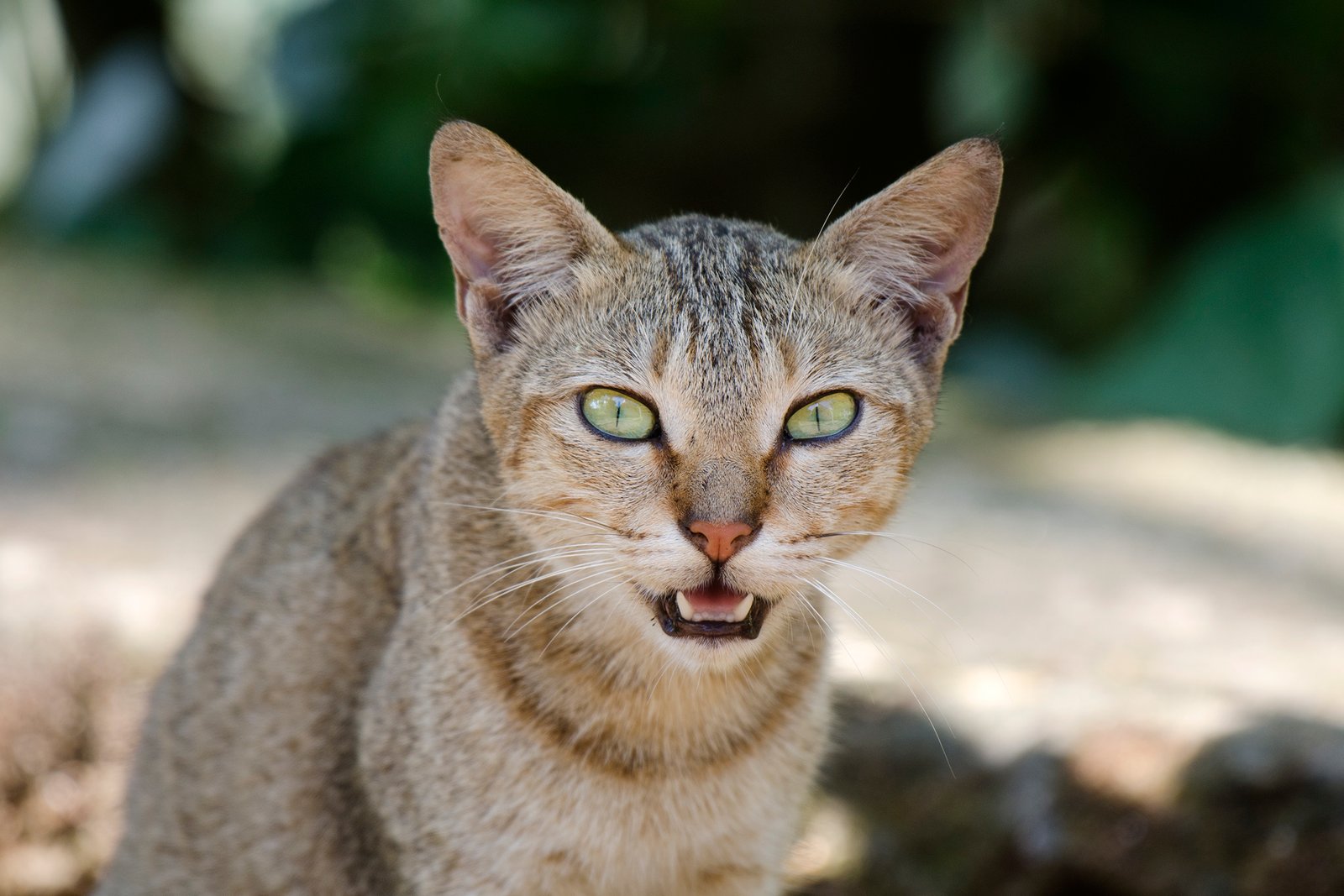
It might sound unbelievable, but some cats try to mimic the rhythm and cadence of human speech. You might notice your cat making unusual meows or chirps when you’re talking to them, as if they’re trying to join the conversation. While they can’t form actual words, they can alter their vocalizations to better get your attention. Some cat owners even swear their cats have developed their own “language” for specific situations. It’s a testament to the close bond that can develop between humans and their feline companions.
Why Some Cats “Talk Back”

Some cats are natural chatterboxes, while others are more reserved. If your cat “talks back” when you speak to them, consider it a sign of affection and engagement. Cats who meow, trill, or chirp when you talk are often trying to communicate their needs or feelings. They might be telling you they’re hungry, want attention, or are simply happy to see you. This back-and-forth exchange can feel like a real conversation, even if you’re not speaking the same language.
Differences in Cat Personalities

Just like people, cats have unique personalities that influence how they communicate. Some are outgoing and eager to interact, while others are more independent or shy. These personality differences affect how likely your cat is to respond when you talk to them. An extroverted cat might come running at the sound of your voice, while a more reserved feline might simply watch from afar. Getting to know your cat’s individual quirks is essential for understanding their communication style.
Breed Variations in Communication
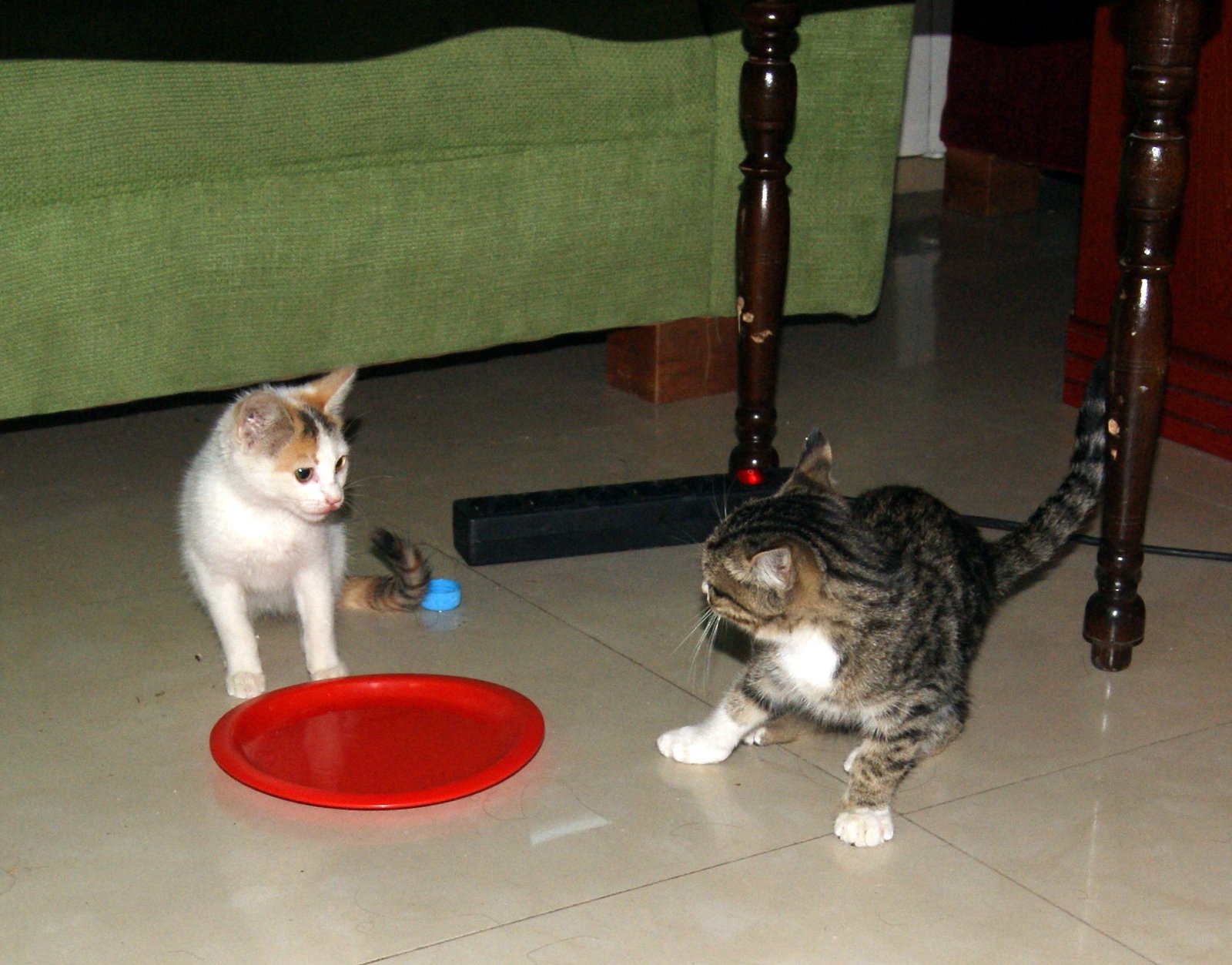
Certain cat breeds are known for being more vocal or interactive than others. For example, Siamese cats are famous for their loud, expressive voices and willingness to “chat” with their owners. Other breeds, like Persians or British Shorthairs, might be quieter and less responsive to human speech. Breed tendencies can play a significant role in how your cat reacts when you talk, but there’s always plenty of variation within every breed. No two cats are exactly alike, and that’s part of what makes them so fascinating.
The Importance of Eye Contact
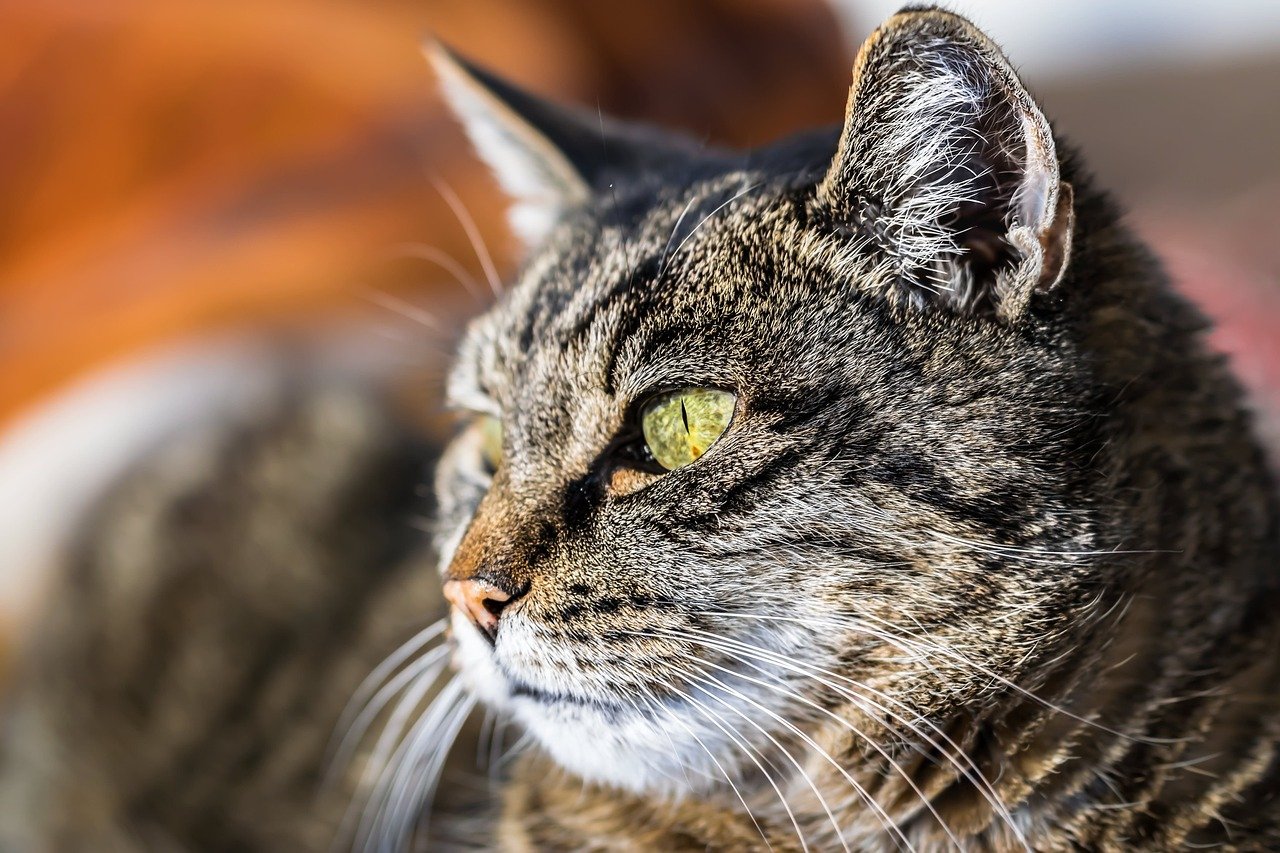
Eye contact is a powerful form of communication for cats. A direct stare can be seen as a challenge or threat, while a slow blink is a sign of trust and affection. When you talk to your cat, watching their eyes can give you clues about how they’re feeling. If your cat gives you a slow blink in response to your words, it’s their way of saying, “I trust you.” On the other hand, wide or dilated pupils might indicate excitement, fear, or curiosity. Understanding these subtle signals can help you communicate more effectively with your feline friend.
Understanding Cat Meows
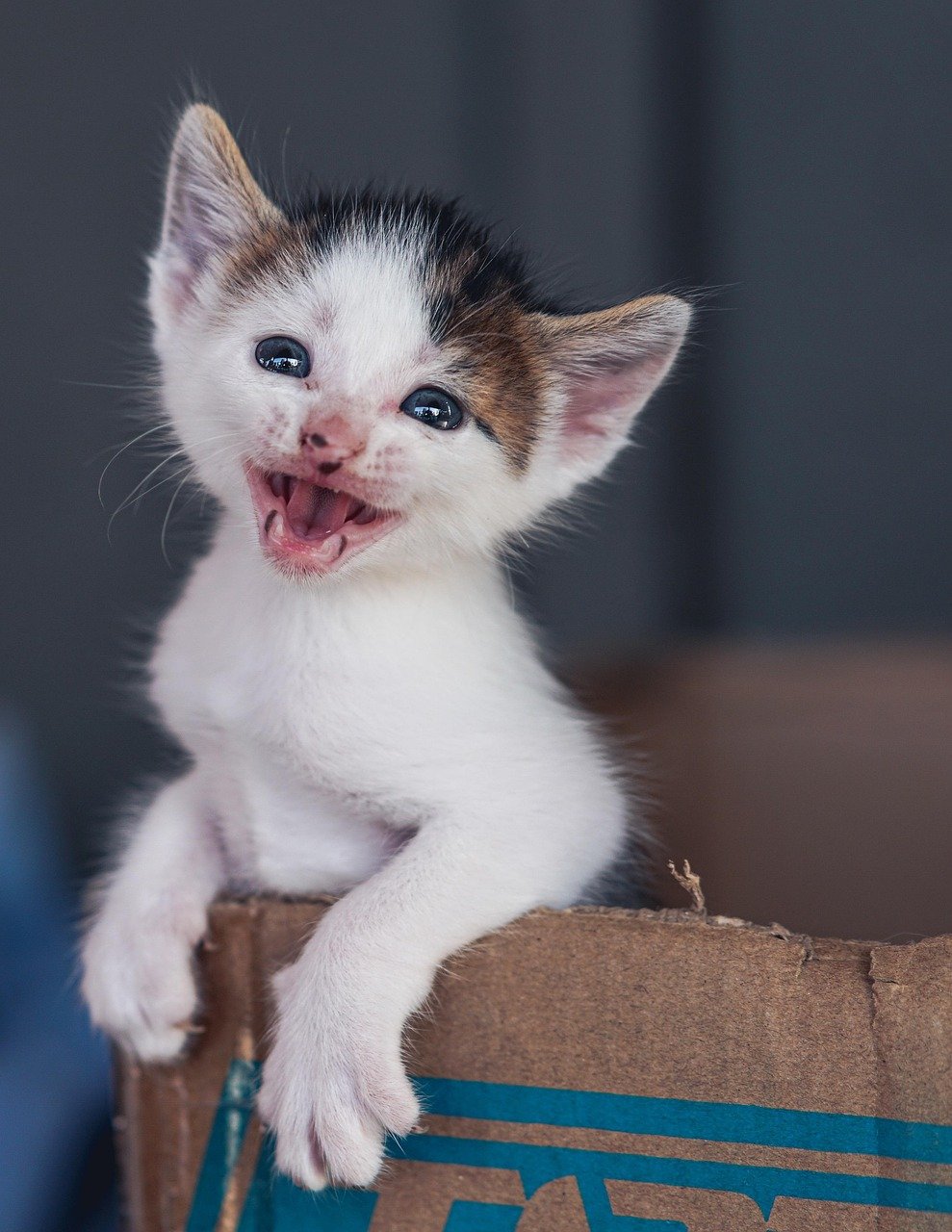
Cats use a variety of meows to communicate with humans, and each meow can mean something different. A short, sharp meow might mean your cat is hungry, while a longer, drawn-out meow could signal frustration or boredom. Some cats develop specific meows for different family members, almost like they have their own vocabulary. Paying attention to the sound and context of your cat’s meows can help you understand what they’re trying to tell you. It’s a two-way conversation, even if you don’t speak exactly the same language.
Can Cats Understand Complex Sentences?

While cats are great at picking up on certain words and tones, there’s no evidence to suggest they understand complex sentences the way humans do. They’re more likely to respond to specific cues, such as their name, familiar commands, or the sound of a treat bag rustling. That doesn’t mean you shouldn’t talk to your cat—they enjoy the sound of your voice and the attention you give them. Just keep in mind that simplicity is key when you’re trying to get your message across.
How Environment Affects Communication

The environment your cat lives in can have a big impact on how well they understand and respond to your words. Cats who live in busy, noisy households might become desensitized to certain sounds, while those in quieter homes may be more attuned to subtle changes in your voice. The level of interaction and the amount of one-on-one time you spend with your cat can also influence their communication skills. Creating a calm, loving environment helps your cat feel safe and encourages them to engage with you more openly.
Learning Through Observation
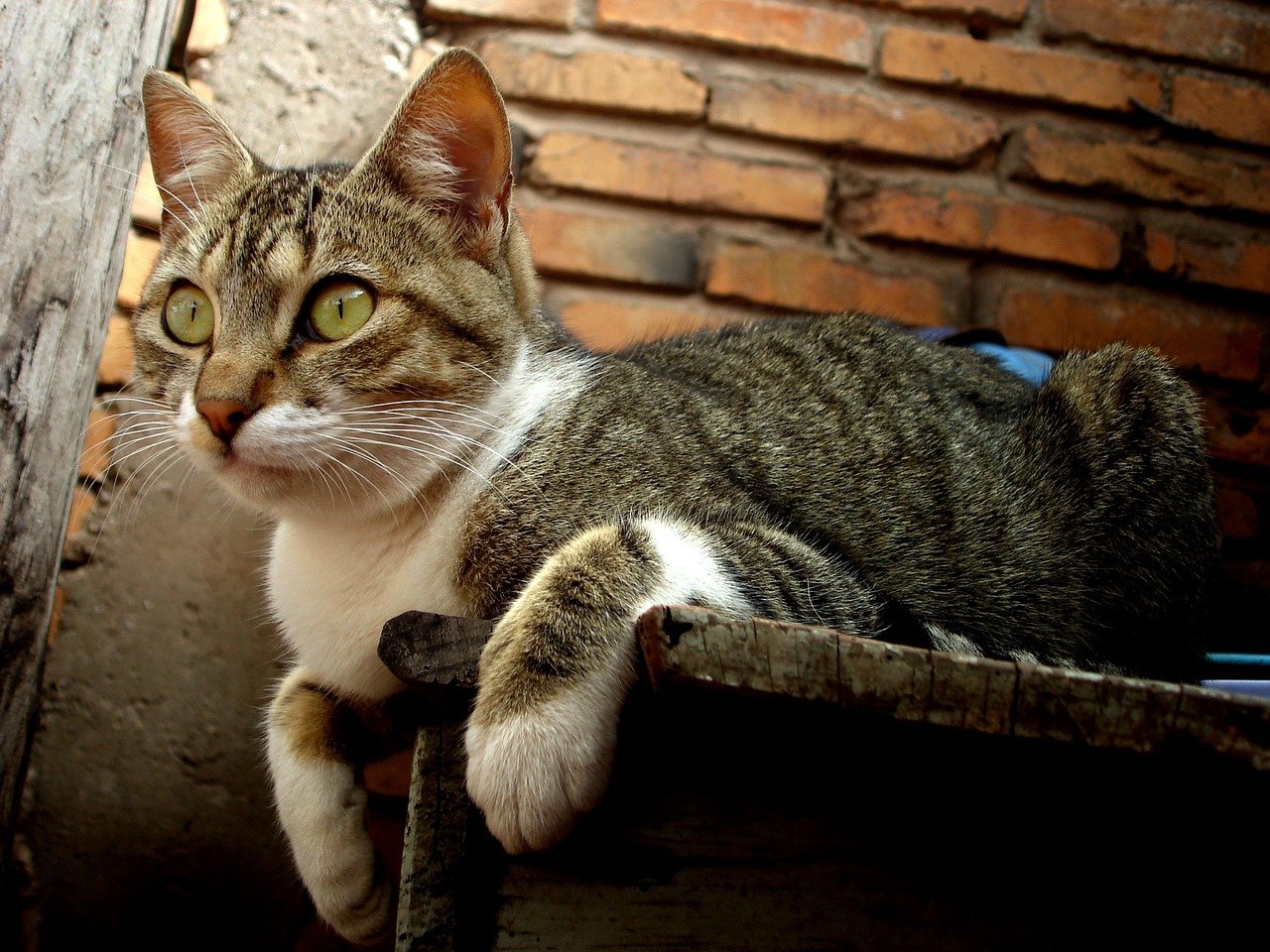
Cats are keen observers. They watch everything you do, from the way you prepare their food to how you relax on the couch. This observational learning helps them pick up on routines and behaviors, including the way you talk to them. Over time, your cat learns to associate certain words and actions with specific outcomes. For example, if you always say “bedtime” before turning out the lights, your cat might start heading to their favorite sleeping spot when they hear the word. It’s a subtle but powerful form of communication.
The Role of Scent in Communication
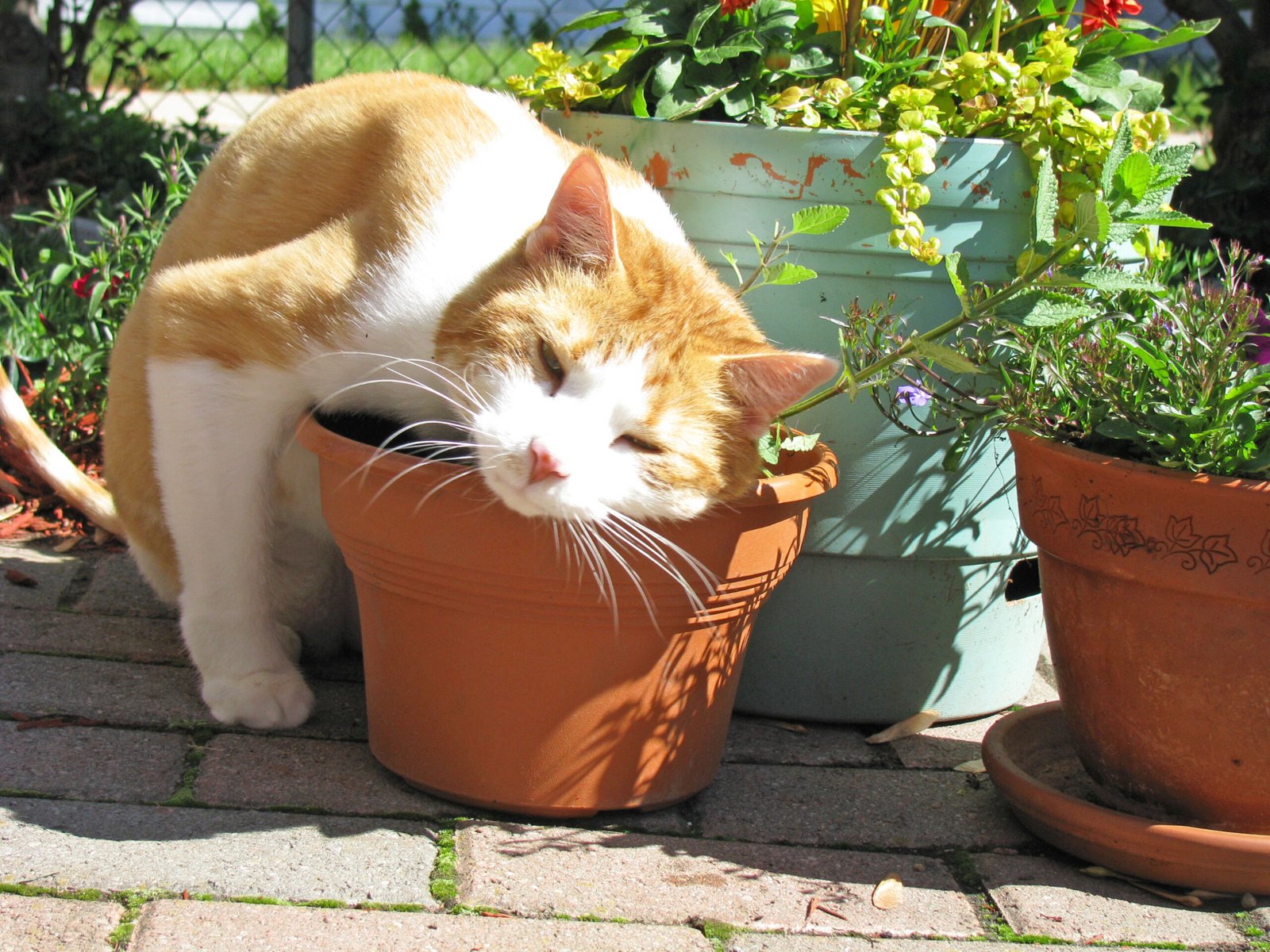
While talking is important, cats rely heavily on scent to communicate with both humans and other animals. They use scent marking to claim territory, show affection, or signal stress. When you talk to your cat, your scent can provide additional context and reassurance. For example, petting your cat while speaking softly can help strengthen your bond and make them feel more secure. Understanding the role of scent in your cat’s world can give you new insights into their behavior and communication.
How Age Influences Communication

A cat’s age can affect how they respond to human speech. Kittens are usually more responsive and eager to interact, while older cats might be more set in their ways. Senior cats may experience hearing loss or cognitive decline, which can make communication more challenging. Paying attention to your cat’s age-related needs and adjusting your communication style accordingly can help keep your bond strong throughout every stage of life. Remember, patience and understanding go a long way.
Building a Stronger Bond Through Communication

The more you talk to your cat, the stronger your bond becomes. Regular communication—whether through words, gestures, or touch—helps build trust and mutual understanding. Even if your cat doesn’t understand every word, they do pick up on your tone, emotions, and intentions. Taking the time to engage with your cat every day can enhance their well-being and deepen the special connection you share. It’s a relationship built on love, patience, and a little bit of mystery.
Practical Tips for Talking to Your Cat
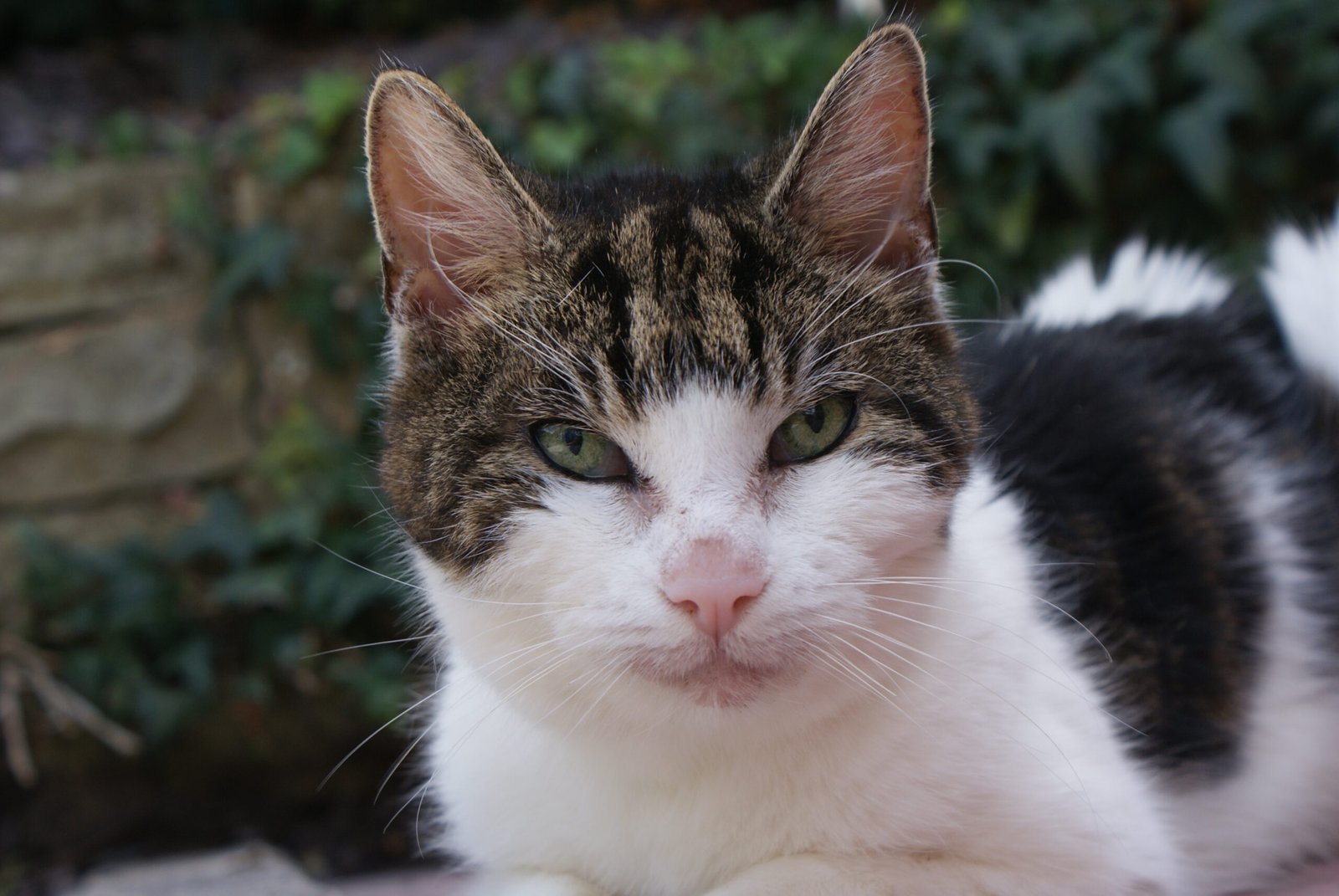
If you want to improve communication with your cat, start by using their name often and speaking in a calm, gentle tone. Incorporate hand signals or gestures to reinforce your words, and be consistent with the phrases you use for important routines. Pay attention to your cat’s body language and vocalizations, and try to respond in ways that show you’re listening. Remember, patience and repetition are key. Over time, you’ll develop your own unique “language” with your cat, making every conversation a little more meaningful.
Why Talking to Your Cat Matters

Talking to your cat isn’t just about getting them to respond—it’s about strengthening your relationship and creating a sense of trust. When you speak to your cat, you’re showing them that you care and that they’re an important part of your life. Even if they don’t understand every word, they do appreciate the attention and affection. So go ahead—chat away with your feline friend. You might be surprised by how much they really do understand.
Hi, I’m Bola, a passionate writer and creative strategist with a knack for crafting compelling content that educates, inspires, and connects. Over the years, I’ve honed my skills across various writing fields, including content creation, copywriting, online course development, and video scriptwriting.
When I’m not at my desk, you’ll find me exploring new ideas, reading books, or brainstorming creative ways to solve challenges. I believe that words have the power to transform, and I’m here to help you leverage that power for success.
Thanks for stopping by, Keep coming to this website to checkout new articles form me. You’d always love it!






